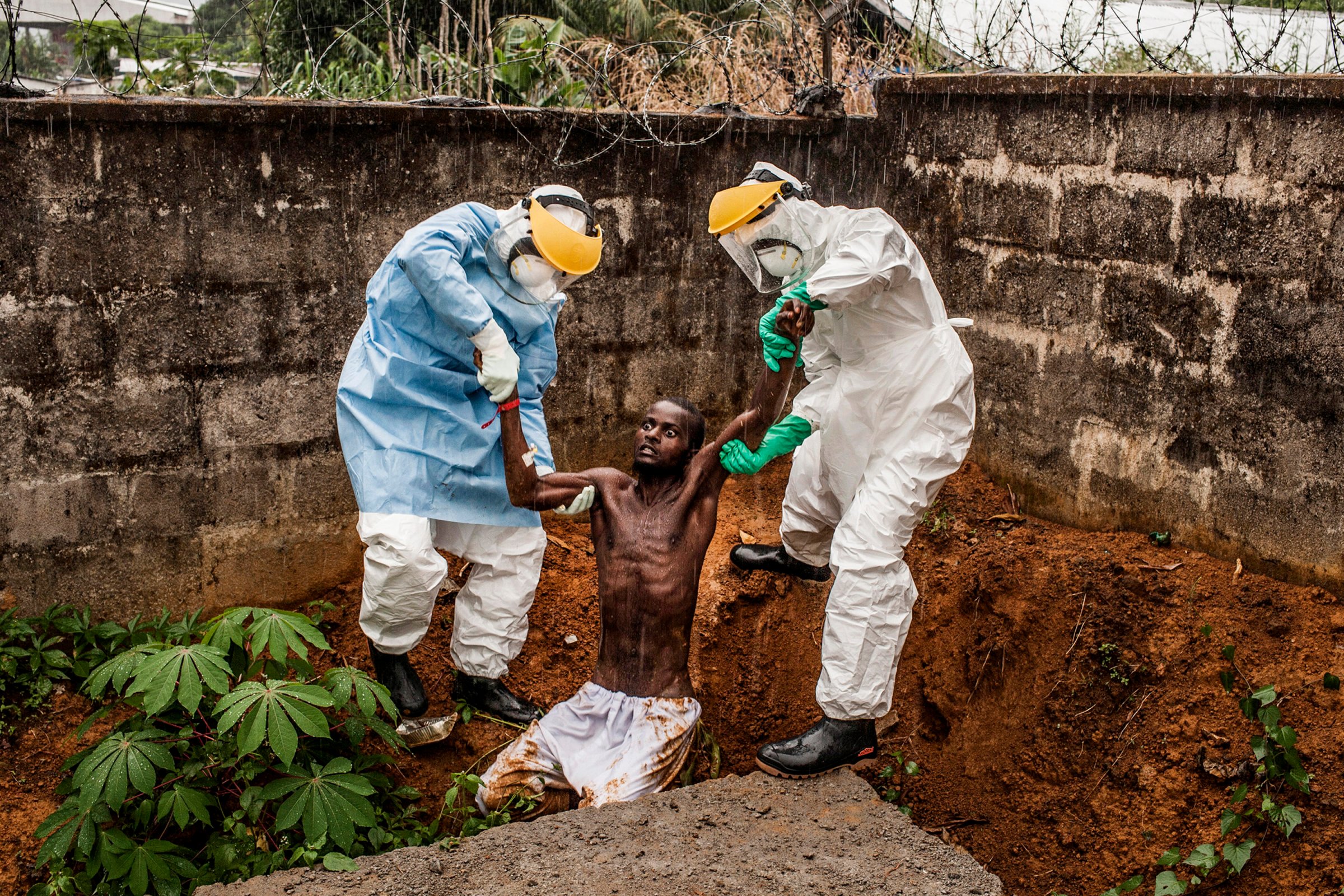
This month’s Photojournalism Links collection highlights 10 excellent photo essays from across the world spanning five continents, including Pete Muller‘s powerful work shot in the Ebola-ridden Sierra Leone. His two sets of photographs, featured below, were made on assignment for National Geographic, and are the first two in a four-part series examining the epidemic in West Africa. Muller’s pictures document the battle fought by medical workers, body collectors, and burial teams to bring the crisis ravaging Freetown and the country, under control. The story and images from the city’s King Tom cemetery are particularly harrowing; in just a few months, it has been expanded to three times its former size and the large number of fresh burial mounds make it look more like a construction site than a typical graveyard.
Pete Muller: How Ebola Found Fertile Ground in Sierra Leone’s Chaotic Capital | How the Fight Against Ebola Tested a Culture’s Traditions (National Geographic News)
Uriel Sinai: In Africa, Mosquito Nets Are Putting Fish at Risk (The New York Times) These stunning photographs by Uriel Sinai from Kenya, Tanzania, and Zambia, show how mosquito nets meant for Malaria protection have ended up being widely used in fishing, since they are cheaper than actual fishing nets and can be even more effective, especially in shallow waters.
Andy Spyra: The enemy within: Boko Haram’s reign of terror across Northern Nigeria | The enemy within: A closer look at survivors of Boko Haram attacks across Northern Nigeria (The Washington Post In Sight) The German photographer has spent more than three years documenting the northern Nigeria. His pictures provide a rare view into communities under Boko Haram’s terror.
Mosa’ab Elshamy: Exploring the Mawlids of Egypt (TIME LightBox) These excellent photographs capture spiritual celebrations within Egyptian Sufism.
Manu Brabo: In Ukraine, The Frozen Tears of Donetsk (Paris Match L’Instant) The Spanish photographer, known for his work in Syria, is now in Ukraine to document the upsurge in fighting. | See also Brabo’s work on the MSNBC and Al Jazeera America websites
Lynn Johnson: Healing Soldiers (The National Geographic) Compelling portraits of U.S. soldiers treating their war traumas by participating in art therapy, where they create painted masks to express how they feel. The images painted on them symbolize themes such as death, physical pain, and patriotism.
George Steinmetz: Treading Water (The National Geographic) These pictures from Florida’s southeastern coastline capture a region with a lot to lose as sea levels continue to rise.
Álvaro Laiz: Ninjas: Gold Rush In Mongolia (Wired Raw File) These photographs document the hard and dangerous work of amateur gold miners.
Mark Abramson: An Immigrant’s Dream for a Better Life (The New York Times Lens) Extraordinary, in-depth photo essay that follows the life of a young Mexican immigrant woman and her family in California.
Emanuele Satolli: In the Bag for North (TIME LightBox) Revealing still life images of Central American migrants’ sparse belonging on their journey toward the United States.
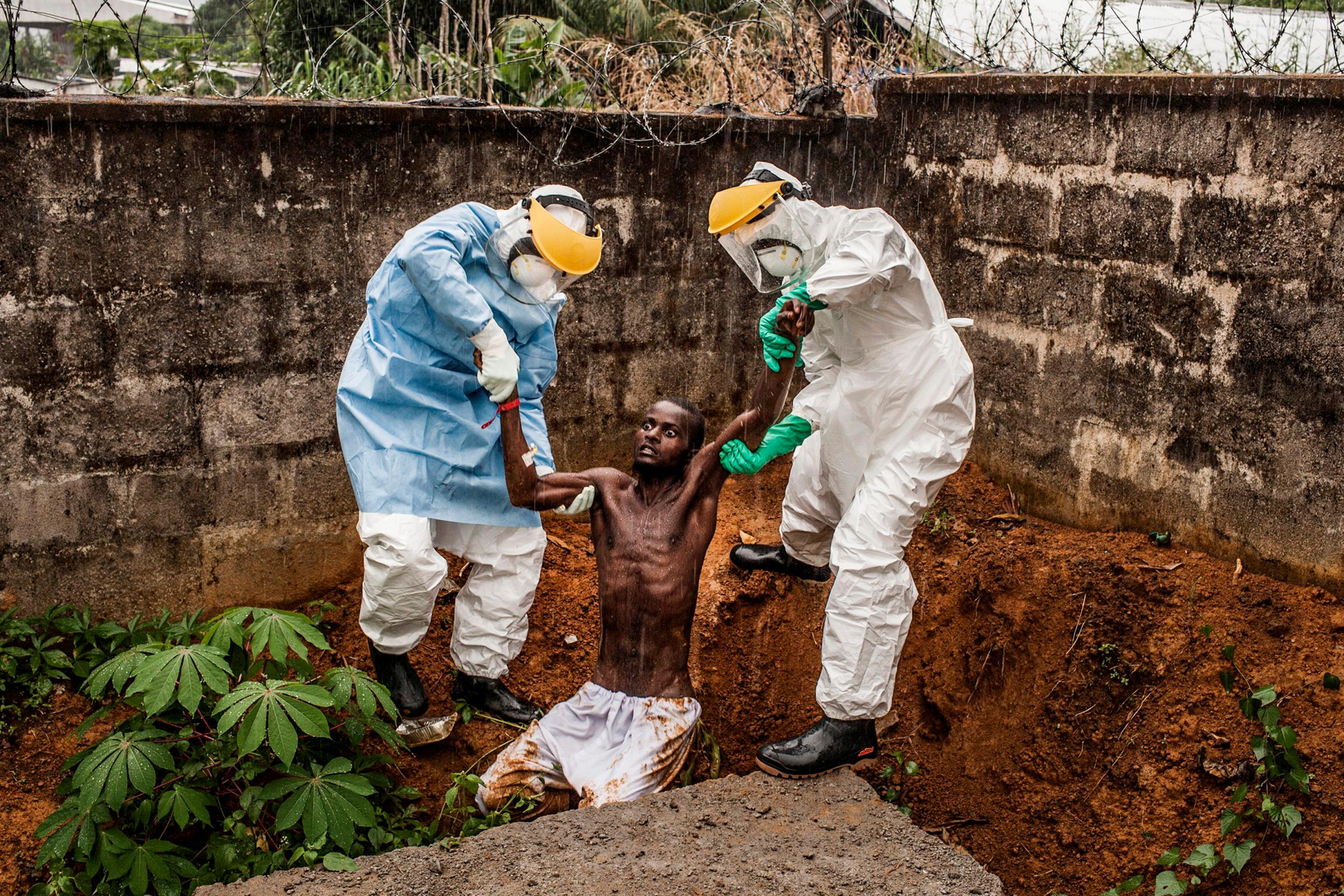
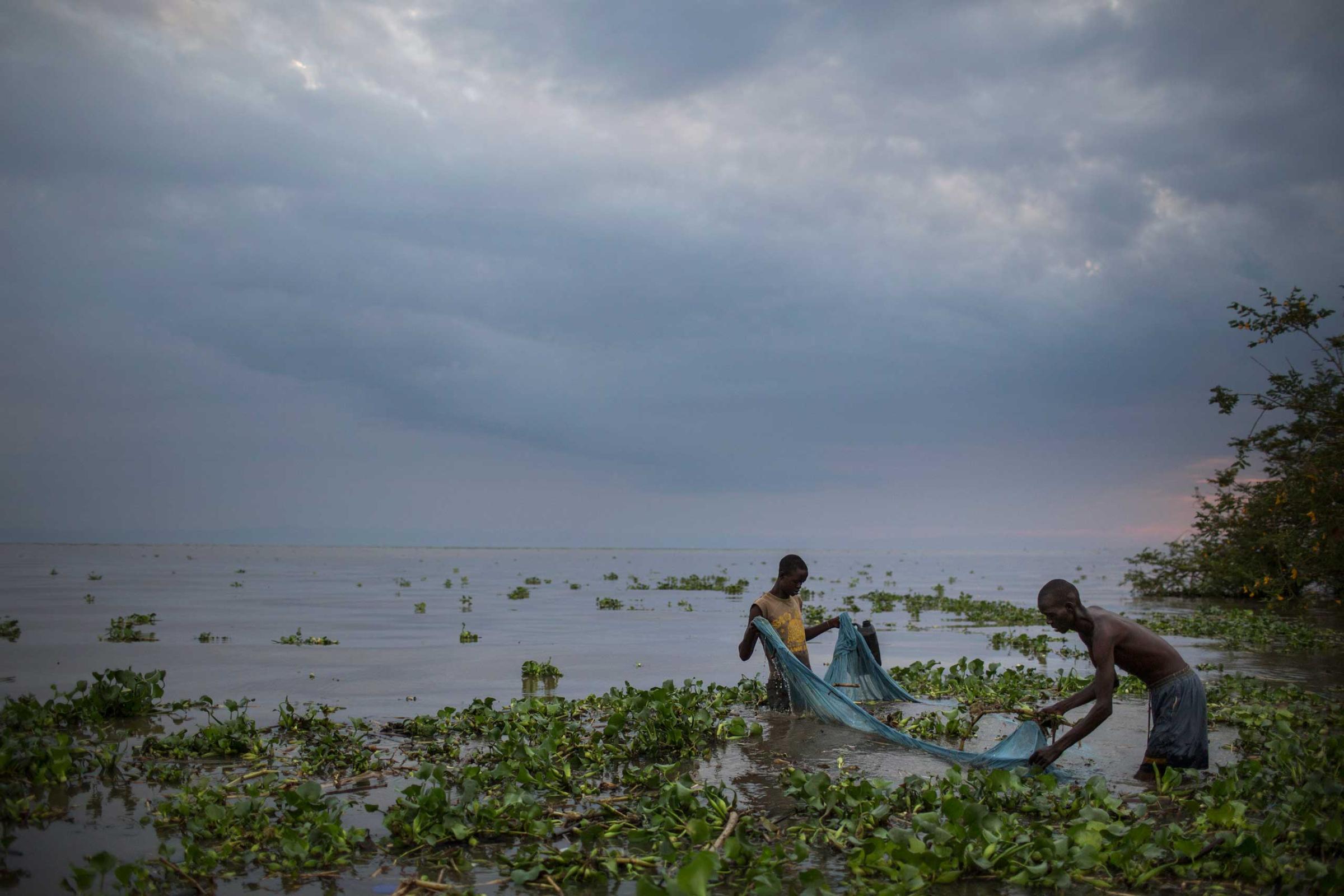
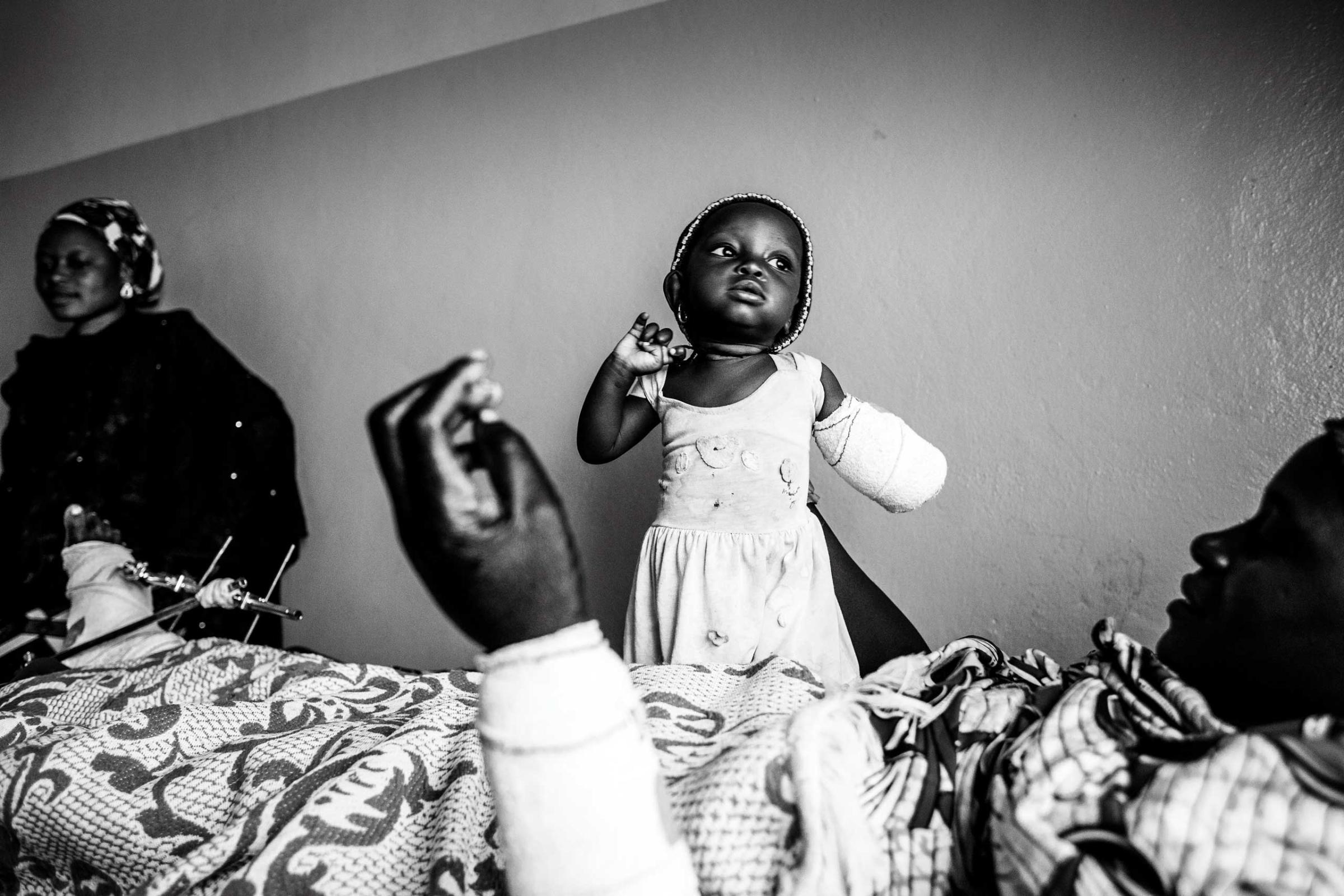
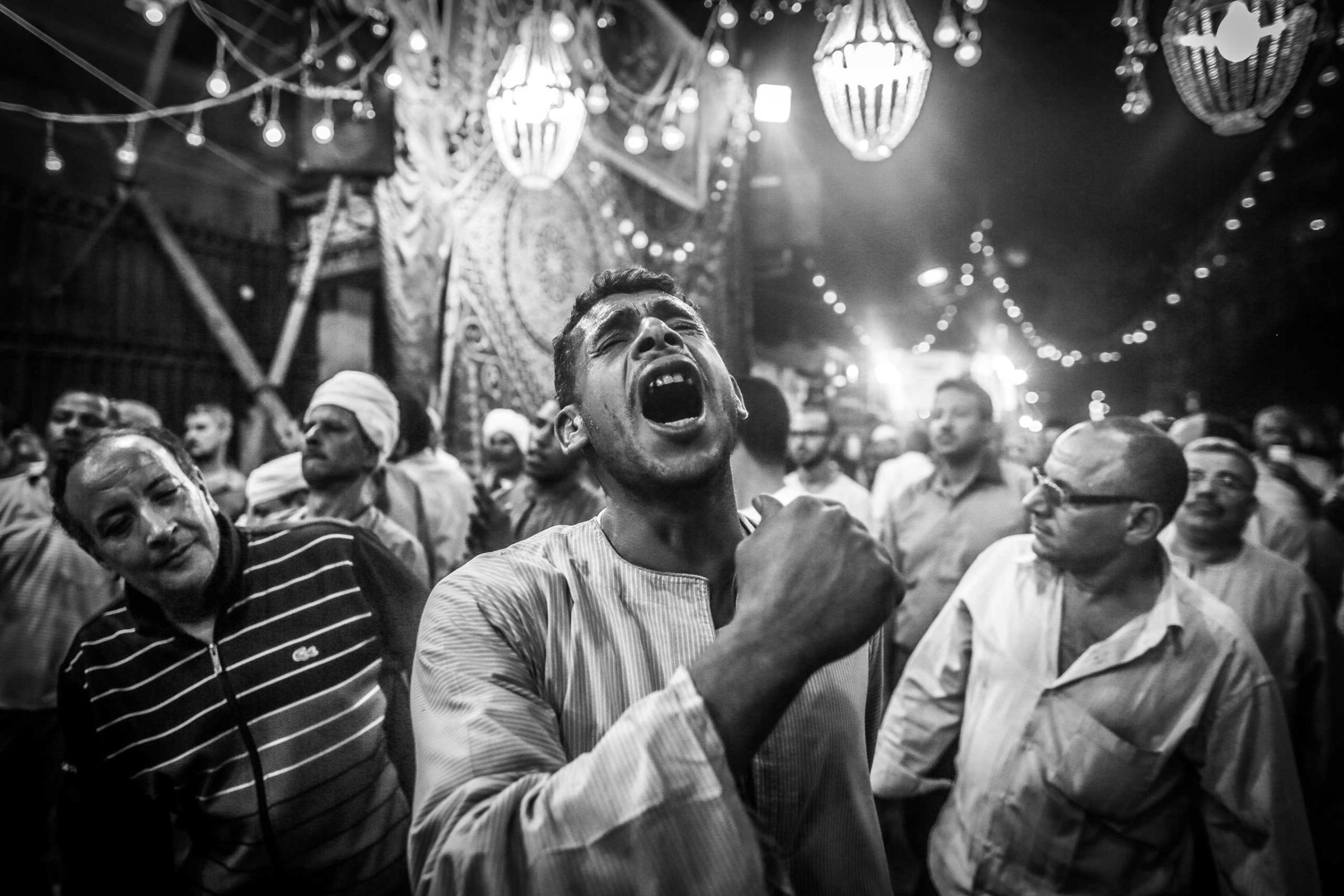
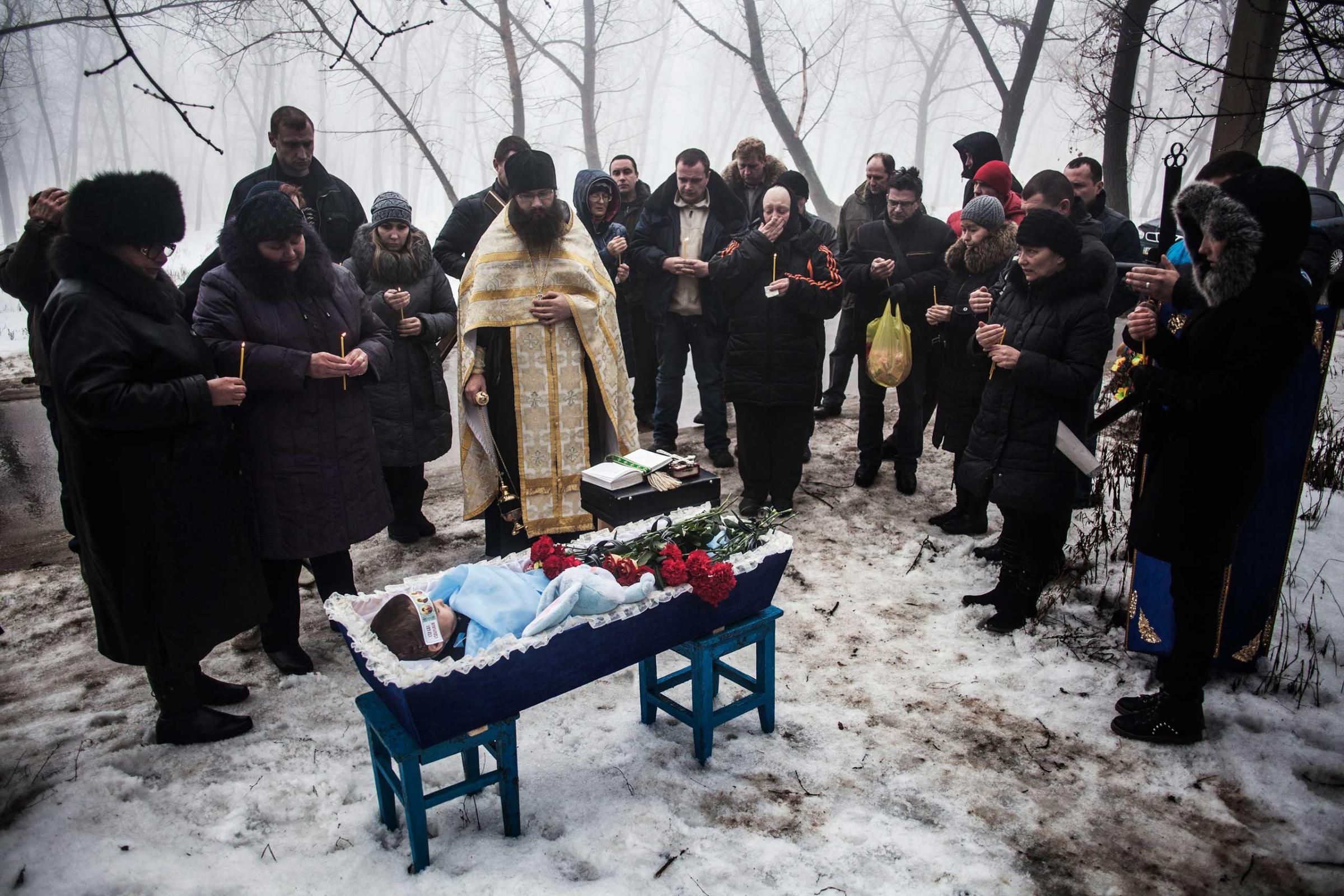
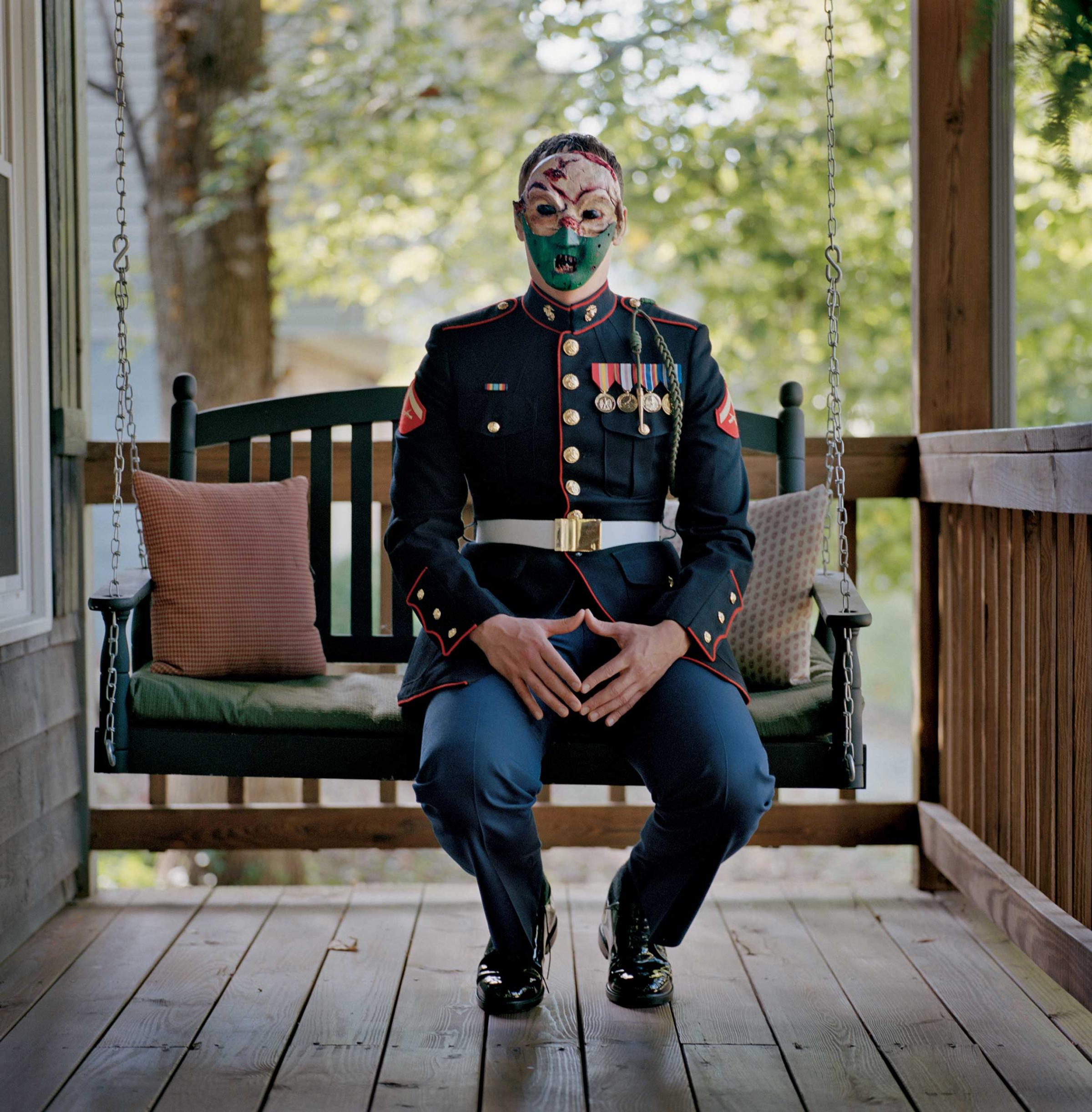
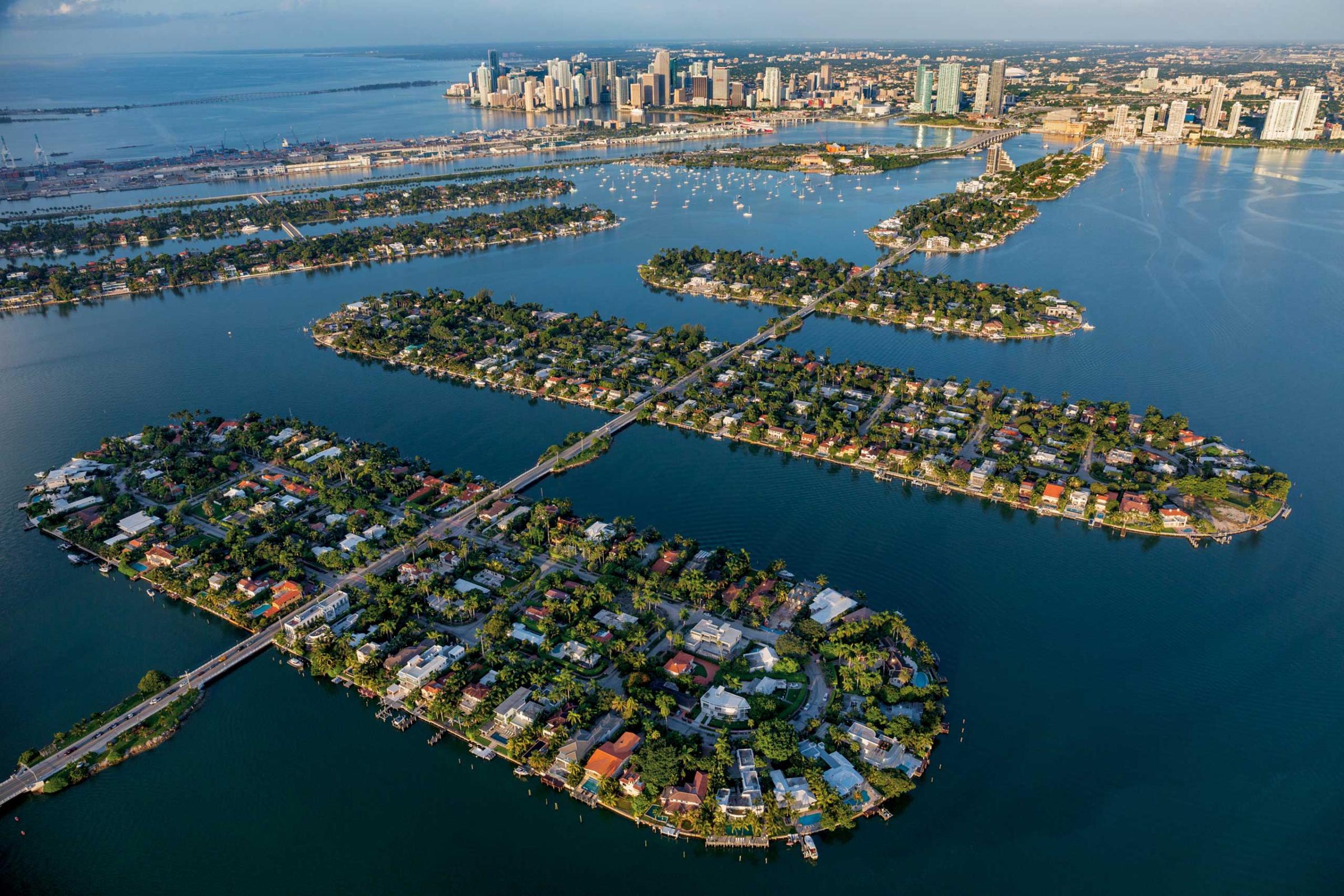
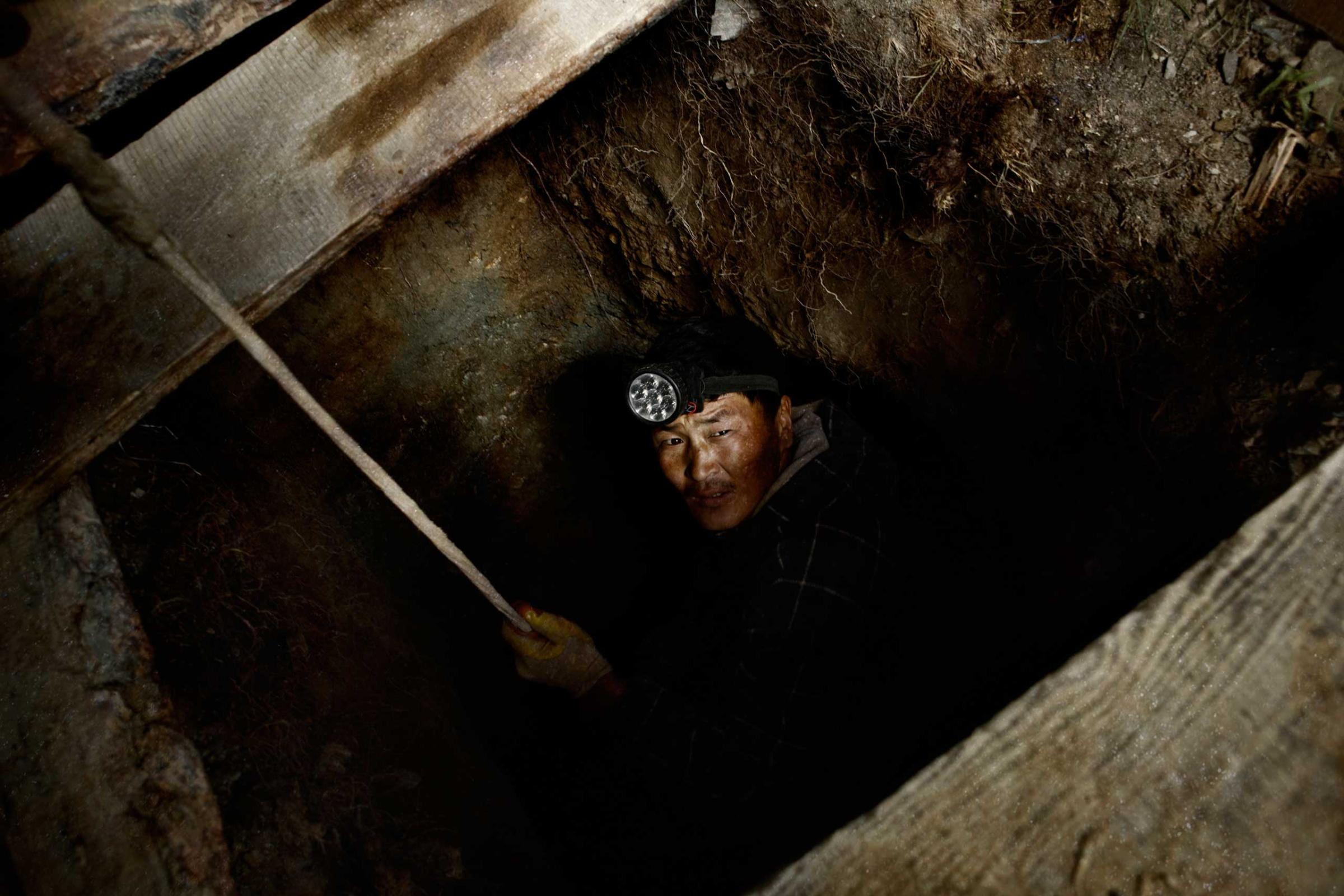
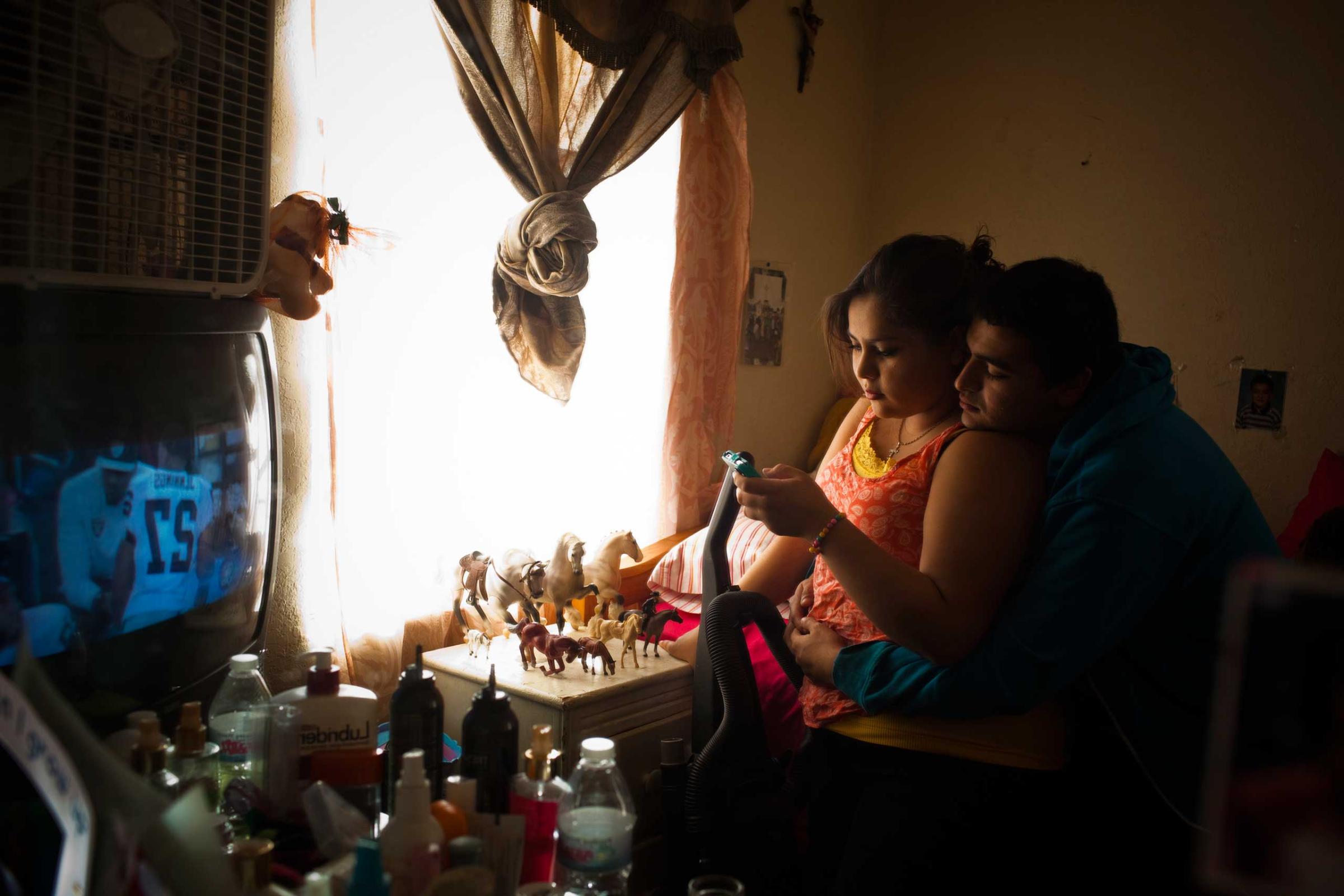
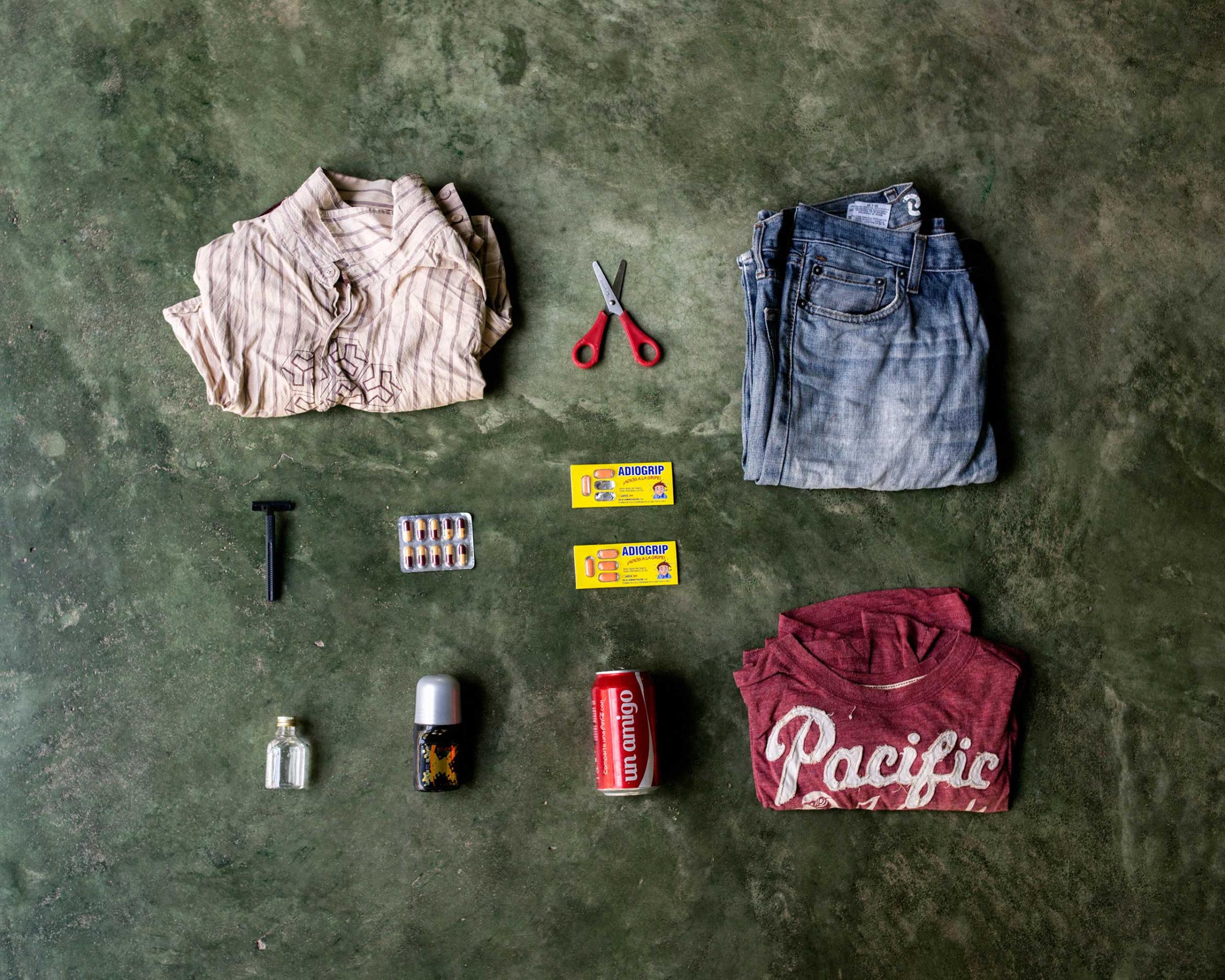
More Must-Reads from TIME
- Why Biden Dropped Out
- Ukraine’s Plan to Survive Trump
- The Rise of a New Kind of Parenting Guru
- The Chaos and Commotion of the RNC in Photos
- Why We All Have a Stake in Twisters’ Success
- 8 Eating Habits That Actually Improve Your Sleep
- Welcome to the Noah Lyles Olympics
- Get Our Paris Olympics Newsletter in Your Inbox
Contact us at letters@time.com